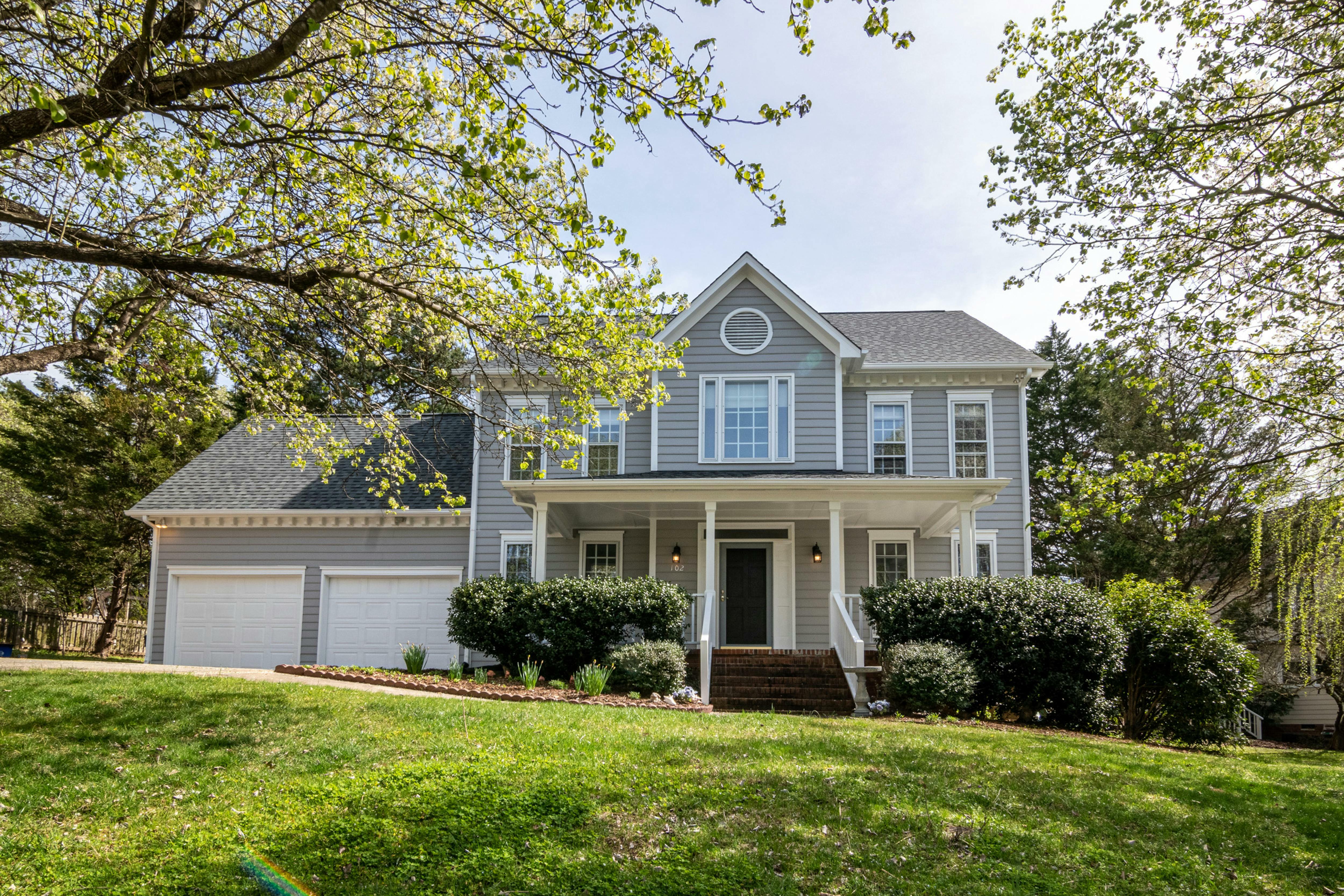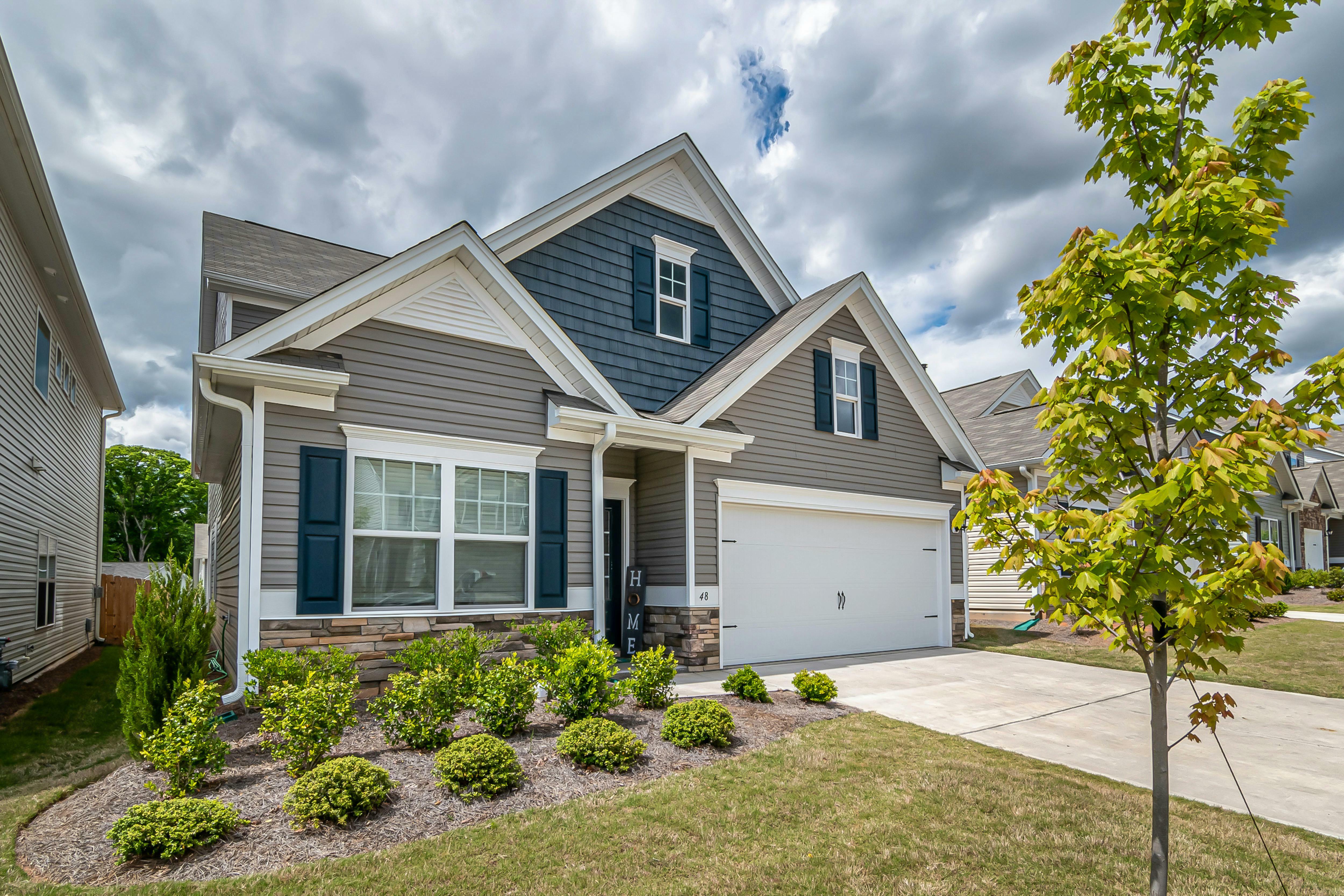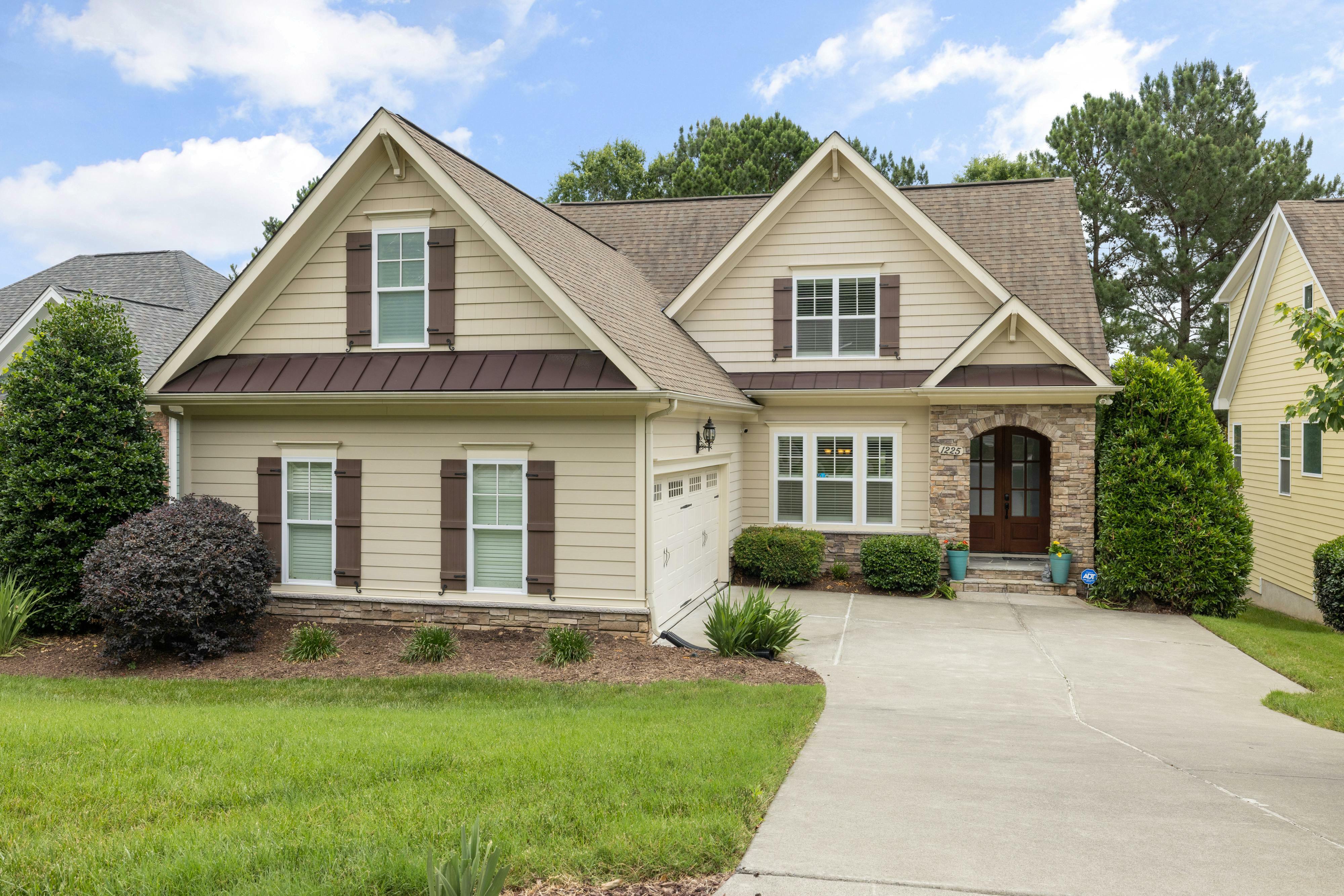Reviewing Siding Installation Cost: What You Need to Know

When planning a home exterior renovation, one of homeowners' top concerns revolves around the overall cost of the project.
However, predicting the final price tag of the project isn’t as simple as it may seem. From factors like home size, material expenses, labor rates and more, the total price of an exterior renovation can vary widely.
Whether you’re building new or wanting to upgrade curb appeal, understanding the various considerations will help you make the most cost-effective choice that fits your budget and achieves your design goals.
Purpose of Home Siding
Aside from beautifying your home, exterior siding protects it from the elements, improves energy efficiency and boosts your resale value.
Knowing your project goal can help you decide on a siding material and set the stage for more intentional spending.
Types of Common Siding Materials
There are five main siding materials available, each offering homeowners unique benefits at different price points:
Vinyl: This is a low-maintenance and budget-friendly option that delivers aesthetic value.
Wood: Known as timeless and warm, wood siding is a classic choice, but does require upkeep.
Fiber Cement: Delivering durability and fire-resistance, fiber cement siding offers a wood-like appearance with better long-term performance.
Metal (Aluminum and Steel): This is a dent-resistant, long-lasting solution with a modern aesthetic.
Engineered Wood/Composite: Weather-resistant and paired with design appeal, engineered wood and composite siding are good choices for areas with harsh climate conditions.
Average Cost of Siding Installation
When it comes to siding installation costs, there are some key factors, like labor rates and siding material, that will influence the bottom line. Let’s take a look.
National Cost Range Per Square Foot
According to Forbes, the average cost of installing siding is around $10 per square foot, but costs vary widely between materials and quality. Some can be as low as $3 per square foot, while others surge to over $45 per square foot.
On a typical 2,500 square-foot house, homeowners spend a national average of $14,910, with costs ranging from $8,420 to $52,250.
Labor vs. Material Costs
When it comes to installing siding, Angie’s List reports that labor costs range from $1 to $4 per square foot. This varies based on the labor rates in your specific region and the difficulty of the project. Labor will almost always be more expensive during the warmer months, as it’s the busy season.
On top of labor, material costs are a vital factor. Some materials, like vinyl, will be a much more cost-effective option compared to a material like fiber cement. More details on specific material pricing will be discussed later.
Factors That Influence Pricing
Some other variables that will affect your final cost include:
Home Size
Complexity of Architectural Features
Material Availability
Removal of Old Siding
Preparation Work
Required Permits
Additional Cost of Trim or Other Accessories
Cost Breakdown by Siding Material

Taking a closer look at siding materials and their associated costs will help to keep your project cost-effective and aligned with your goals.
Vinyl Siding
Vinyl is often the most affordable and popular option for homeowners, with the national average for vinyl siding installation (materials and labor) ranging from $3 to $8 per square foot. Premium or insulated versions may be more expensive.
Fiber Cement Siding
Fiber cement is strong and fire-resistant, but its durability comes with a higher upfront cost. The average cost of fiber cement siding is between $5 and $14 per square foot.
Wood Siding
With species ranging from $0.75 to $23.50 per square foot, wood siding is an ageless and elegant choice for homeowners looking for timeless charm. However, it comes with high maintenance requirements to protect it from termites, woodpeckers and moisture intrusion.
Different woods have different qualities, all influencing the price point. Rot-resistant species such as redwood or cedar fall at the higher end of the cost range.
Metal and Aluminum Siding
Metal and aluminum siding fall in the midrange pricing group. The thickness of the panels you choose will impact the final estimate.
Aluminum siding costs around $6 to $10 per square foot, while steel siding is around $7 to $16 per square foot.
Engineered Wood or Composite Options
Costing between $4 and $13 per square foot, engineered wood gives your home the natural look of wood, but with much lower maintenance requirements.
Additional Siding Installation Costs to Consider

After material and labor costs, you now need to consider the added cost of removing old siding, repairing the underlayment and ensuring there’s sufficient insulation and waterproofing.
Removal of Old Siding
According to Modernize, removing siding adds around $0.50 to $2 per square foot.
Repairs to Underlayment or Walls
Wall prep and repair can vary, depending on the extent of the work.
Once old siding is removed, the underlayment and walls should be inspected for damage. If you need any repairs on the sheathing or house wrapping, the cost may increase. Keep in mind that some materials may need to be reinforced or replaced altogether, which can also drive up the price.
For example, the national average for installing new housewrap is just $0.15 per square foot, while new underlayment can range from $0.50 to $5.50 per square foot.
Insulation and Weatherproofing Add-Ons
Adding more rigid foam or moisture barriers can better protect your home and boost your energy efficiency. This can save you on future repairs and energy bills and help to increase your home equity, but it costs more up front.
For example, insulated vinyl can cost $4 to $12 per square foot, compared to the $3 to $8 non-insulated option.
Tips for Budgeting and Saving on Siding Ideas

To ensure you get the biggest bang for your buck, try to get multiple quotes, choose a reliable contractor and time your project correctly.
Getting Multiple Quotes
As tedious as it sounds, it’s recommended to get at least three estimates for a job because many homeowners see large quote differences. Quotes vary with material, brand, style, expertise of installers and local labor and material availability rates, so receiving several estimates will allow you to pick the best option for your budget.
Choosing the Right Contractor
DIY removal can save you money, but siding installation is best left to professionals for safety and quality. If you want an accurate and precise installation that ensures protection against the elements and a more energy-efficient home, select a reputable and insured contractor.
Timing Your Project for Better Pricing
Summer months are when contractors are the busiest, which often equates to higher prices. Contractors typically charge less during off-season periods, like in early spring or fall. Plan your project to align with the off-season for the most cost-effective strategy.
Invest in Your Home With Alsco®
Installing new siding is a significant investment, but with the knowledge of siding installation costs, you can make an informed choice that suits your budget.
Whether you're building a new home or planning a home exterior renovation, balancing upfront investment with long-term value is essential.
If you’re ready to take the next step, explore Alsco’s siding offerings, where you’ll find beautiful, durable siding that’s designed to last.
Ready to start building your vision today? Contact our team to get in touch with our experts.